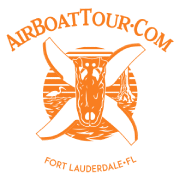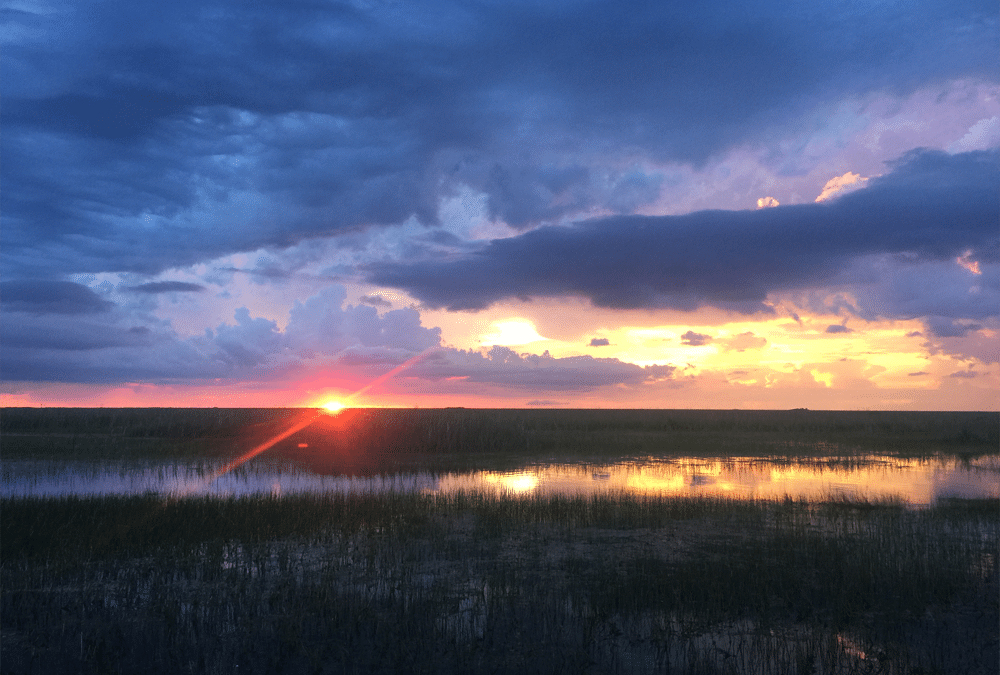There is more to the Florida Everglades than just alligators and airboat tours. The Florida Everglades has a deep historical and cultural heritage that goes back many generations. There are many interesting facts about the Florida Everglades you may not know.
The first people to inhabit the Florida Everglades where the Casula Indians who settled back in 10,000 BC. The place they called home is what we now call the Everglades National Park. Archaeologists found many artifacts spread throughout the area. These Indians thrived here until early settlers in the 1700s brought disease and basically wiped out these Indians.
South Florida did not have any settlements until the end of the 19th-century, and at that time the only three established areas were Chokoloskee, Flamingo, and Cape Sable. Many of these areas were only accessible by boat and the settlers depended on trading with other areas such as Tampa, and Key West.
The people that settled this area were known as Gladesmen. They survive by living off the land and learning how to navigate through the dense marsh. They learned how to hunt, trap, and fish to feed their families. They learned the different weather patterns to understand when an approaching storm was coming so they can take shelter.
Many people think of the Florida Everglades as a stagnant swamp; however, it is called the River Of Grass because it is a river. The water moves from north to south starting near the Kissimmee River near Orlando. Even though the water moves very slow it is moving. That’s why you will notice on your airboat tour when you look over the side of the boat that the water is crystal clear. But there is a lot going underneath you as well. The water will seep into the ground where we have many aquifers, and caverns that allow the water to flow underneath you.
It was not until 1929 that people living in South Florida began building levees in an attempt to drain the Everglades into valuable farmlands. When this began to take place cities like Clewiston and Moorehaven that are south of Lake Okeechobee popped up and began to thrive. From that point on this diverse ecosystem began to face man-made challenges that threatened its existence




